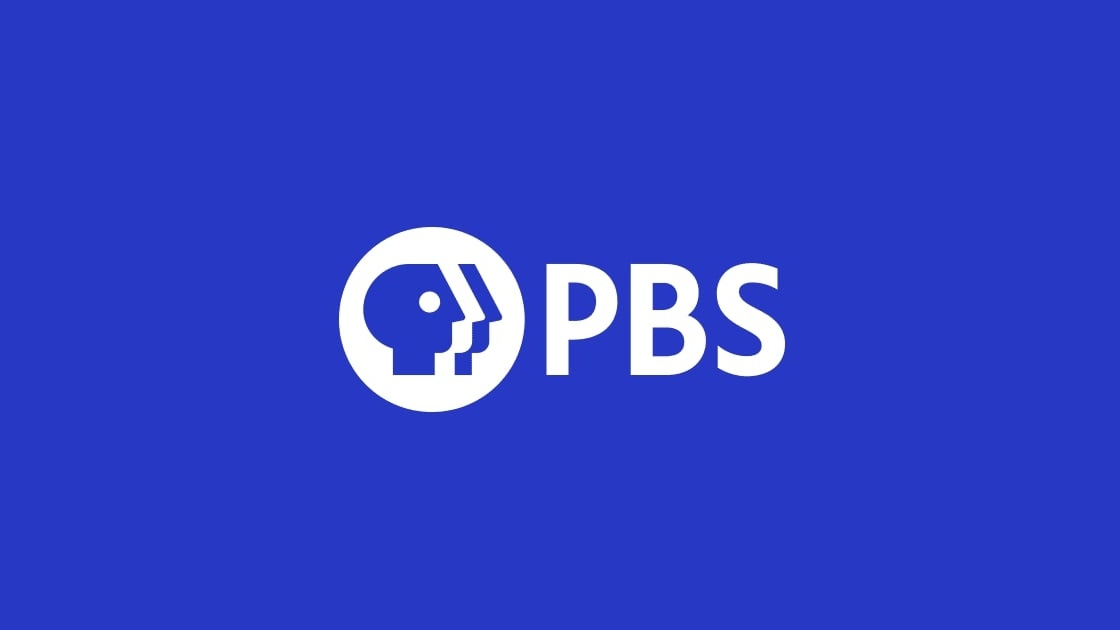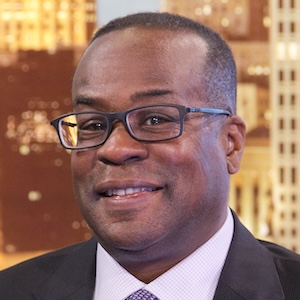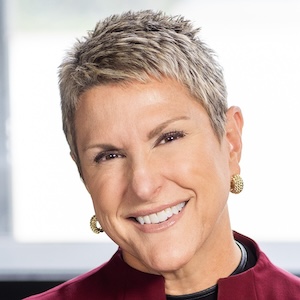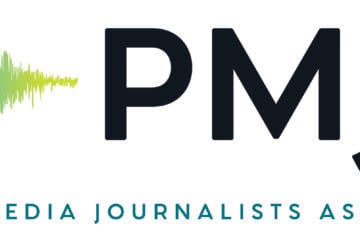Proposed PBS dues model offers predictability, increases national production credit

PBS is proposing an updated dues formula that aims to help stations better forecast their annual payments to the network while easing the financial burden on the system’s largest stations.
Discussions among station leaders are ongoing, according to Alaska Public Media CEO Ed Ulman, a PBS board member and chair of the board’s dues task force. There is no specific timeline for the board to vote on the proposed changes, Ulman said, though it could be as early as a Dec. 5 board meeting in preparation for fiscal year 2026, which starts in June.
The proposed formula would create a tiered system, with smaller stations paying less into the pool of dues money that PBS receives from stations. It would also remove local population as a factor for determining dues, which can currently cause shifts in station payments that are difficult to predict.
The new formula will continue to use a station’s nonfederal financial support, or NFFS, as a factor in determining dues, though it would be weighted differently under the proposed tiered system.
Under the current formula, PBS anticipates bringing in $227 million in station dues in FY2025. That accounts for 61% of the network’s projected $373.4 million in revenue for the year.

Ulman said an update to the dues model is long overdue. The network last revised it more than a decade ago, he said, but the new reality of declining broadcast viewing, falling revenue and an increasingly fractured media landscape is requiring PBS to adjust.
“The key takeaway is the current media market, the growth of digital, and all of the work that PBS and the system has done around digital,” Ulman said.
PBS started working on the proposed changes in March and presented the proposal to the board’s finance committee in August. After the committee endorsed the plan and authorized sharing it with the system, the task force began discussing the proposal with station leaders in a series of private webinars.
Introducing a tiered system
PBS’ current dues model consists of a base fee that is the same for all stations, a relative share calculation based on a station’s local population size, and a relative share calculation based on the station’s NFFS. The proposed model would group stations into six tiers based on a three-year average of their gross NFFS: small, medium, medium-large, large, extra large, and extra extra large stations. A station’s tier would determine its base fee. It would then pay an additional amount based on its net NFFS. PBS declined to say how many stations would be in each tier.
The new model “recognizes right off the bat that you need to have those tier portions so that not all stations are paying the same exact base fee, and then a part of the shared amount,” Ulman said.
Both full stations and stations under the Program Differentiation Plan, which was created for stations in overlap markets, will follow the same dues formula under the proposed changes. Out of the total pool of dues to PBS, 3.6% would come from PDP stations, an increase from the current 3.1%.
The model would be implemented with dues increases capped at 8% for most stations and decreases limited to 5%. PDP stations would see an increase of at least 6% and no more than 12%.
Under the model, the national production funding credit would increase from 60% to 65%. Costs for national producing stations are growing amid increased competition from streamers, Ulman said.
“That 5% was really something that we looked at hard and long to answer ‘How can we continue to keep all of this incredible national content that’s so vital to bringing in our audience?’” he said.
A ‘watershed moment’
Task force member Kevin Martin, CEO of Ideastream Public Media in Cleveland, said now is the right time for the proposed changes. He said he favors a model that is more predictable for stations.

“The dues model is really based on a broadcast-centric environment, and when you start looking at all the different ways you can consume the content, it really begs the idea and the notion that we should re-look at things,” he said. “We know that our consumers, the folks who are viewing our content, are dispersed among a lot of digital platforms. … I actually think this is a watershed moment historically for public media and for PBS and the dues. The biggest thing for me is predictability.”
Martin, whose station would fit into the extra large bucket, said he thinks the formula will ensure that every station contributes a fair share. “I’m a huge advocate for helping the major producing stations do what they do, because I think their job is really difficult,” he said. “It’s become even more difficult as funding has dried up in some areas.”

“The stations that are doing the bulk of national productions, the Big Three if you will, are taking on a tremendous amount of risk for our industry,” said Amy Shaw, CEO of Nine PBS in St. Louis and a member of the dues task force. “As such, the thinking was ‘We need to ensure that this dues model considers that risk and does not in any way penalize them for raising the dollars that they raise for those national programs that feed the industry and feed our stations.’”
In addition to Ulman, Martin and Shaw, the members of the dues task force are Neal Shapiro, CEO of the WNET Group in New York; Jayme Swain, CEO of VPM in Richmond, Va.; Lisa Shumate, GM of Houston Public Media; DeAnne Hamilton, GM of KBTC in Tacoma, Wash.; Marvin Irby, CFO and CPO for the National Restaurant Association; Holden Thorp, editor-in-chief of the Science Family of Journals; and Vivian Riefberg, professor of practice at the University of Virginia Darden School of Business.
A more consistent model
Jeff Tucker, GM of Idaho PBS, and Dave Taylor, the station’s director of finance, said that they generally support the proposal, mostly because it will help the station predict its assessment.
“Having a consistent way to look at what dues are going to be well in advance of where you are allows you to steer the ship more accurately,” Tucker said.
Under the current model, Idaho PBS is being hit with a “double whammy,” Tucker said. Idaho has been among the fastest-growing states in recent years, which increased its dues. Idaho PBS also received state funding for a substance-abuse prevention program, boosting its NFFS.
“Under this new model, we would still be increasing our NFFS,” Tucker said. “… So either way, we’re going to go up, but it’s nice to have that population item be out of the equation for something more predictable.” The station would see an 8.8% increase in dues under the proposed model if a cap were not in place. Idaho PBS is projected to be in the medium-large station tier.
Ulman said it’s too early to tell how the proposal will affect the overall station dues assessment, adding that it’s ultimately a management decision that will be presented to the full board at future meetings.
Looking ahead, Ulman acknowledged that PBS will probably review its dues model more frequently than it has in the past, meaning it won’t be another 10 years before another revamp.
Correction: A previous version of this article incorrectly said that PDP stations could see their dues increase by no more than 12% and decrease by no more than 6%. PDP stations would see a minimum 6% increase and a maximum 12% increase.







“…the new reality of declining broadcast viewing, falling revenue and an increasingly fractured media landscape is requiring PBS to adjust.”
Why is declining broadcast viewing a reality? Part of the decline is the lack of marketing promotion and education to the public about antenna usage and programs. I know many people who have no idea about using an antenna and programming they could watch.
Take a survey. I asked many people about antennae or if they watch PBS. The average response was, “Oh, I watch Netflix.” or “I don’t watch much TV; I watch YouTube.”
I noticed free TV campaigns urging people to signal to scan with an antenna or to use an antenna. It doesn’t make sense to advertise on OTA to those already viewing it. How does marketing look to the general public outside of NPR and on PBS? I see many campaigns urging people to watch PBS programs while they are already watching them or the channel.
More local programming is another key to fighting this declining broadcast viewing and falling revenue. Many people tell me they are surprised they have this channel or have never heard of the programming on a channel. I question the marketing promotion strategy for PBS programming to the general public.
The digital content space is also an area where local stations can reverse falling revenue. Are local stations producing digital content, from online articles to audio podcasts? Podcasting is a growing market, but have local stations capitalized on it?
I doubt it.